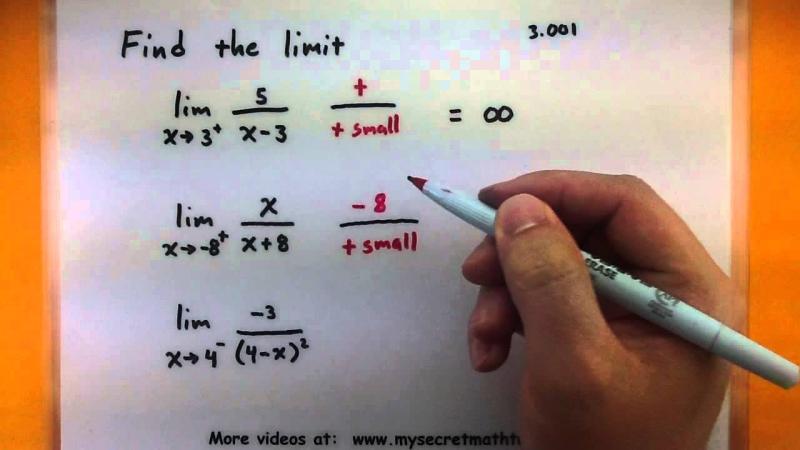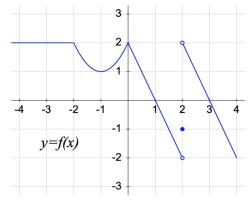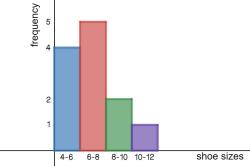How to calculate limits calculus?
Calculating limits in calculus involves determining the behavior of a function as it approaches a certain value or as it approaches infinity. Here's a step-by-step approach to calculating limits:
Direct Substitution: Start by evaluating the function at the given value. If direct substitution results in a finite number, then that number is the limit.
Factoring and Simplification: If direct substitution results in an indeterminate form such as 0/0 or ∞/∞, try simplifying the function algebraically by factoring or rationalizing the expression.
Common Limits: Memorize common limits, such as:
- lim(x → 0) sin(x)/x = 1
- lim(x → ∞) 1/x = 0
- lim(x → ∞) e^x = ∞
- lim(x → -∞) e^x = 0
- and others.
Algebraic Manipulation: Use algebraic techniques such as multiplying by conjugate, dividing numerator and denominator by a common factor, or using trigonometric identities to simplify the function.
L'Hôpital's Rule: If the function approaches an indeterminate form (0/0 or ∞/∞) after algebraic manipulation, you can apply L'Hôpital's Rule, which states that if the limit of the quotient of two functions is indeterminate, then the limit of their derivatives is the same.
Graphical Approach: Graph the function using software or a graphing calculator to visually understand its behavior as it approaches the given value.
Table of Values: Create a table of values with inputs approaching the given value from both sides to observe the trend.
Special Cases: Be aware of special cases such as one-sided limits, limits at infinity, and limits involving trigonometric or exponential functions, which may require different strategies.
Useful Theorems: Utilize useful theorems such as the Squeeze theorem, the Intermediate Value theorem, and the Extreme Value theorem to simplify limit calculations.
Consult Resources: If you encounter difficulties, consult textbooks, online resources, or seek assistance from a teacher or tutor to better understand the concepts and techniques involved.
By following these steps and practicing various types of limit problems, you can become proficient in calculating limits in calculus.
Calculating Limits in Calculus:
The Process:
Calculating limits in calculus involves determining the behavior of a function as its input approaches a specific value. Here's a general outline:
- Define the limit: The expression usually takes the form "lim _{x\to a} f(x)", where "a" is the value we're approaching and "f(x)" is the function.
- Direct substitution: Try plugging in "a" directly into f(x). If the result is finite and unambiguous, that's the limit! But be cautious – sometimes direct substitution leads to indeterminate forms like 0/0 or ∞/∞, requiring other methods.
- Algebraic manipulation: If direct substitution fails, rewrite f(x) using various techniques like factoring, conjugation, or finding common denominators. This might help eliminate the problematic terms and allow simplification.
- Special limits: Remember some established limits like lim _{x\to 0} (sin(x))/x = 1 or lim _{x\to 0} (1-cos(x))/x = 0, which can be used strategically.
- L'Hôpital's rule: If you end up with indeterminate forms after simplification, this rule allows taking derivatives of both numerator and denominator under certain conditions, potentially revealing the limit's value.
- Other advanced techniques: Depending on the complexity, more advanced methods like squeeze theorem or examining one-sided limits might be necessary.
Different Methods:
Yes, the choice of method depends on the specific limit and the outcome of direct substitution. Here are some common approaches:
- Direct substitution: Applicable when it doesn't lead to indeterminate forms.
- Factoring and canceling: Useful for expressions with common factors or reducible terms.
- Conjugation: Simplifies expressions involving radicals or complex numbers.
- Rationalization: Eliminates radicals from the denominator to avoid issues.
- Special limits: Leveraging known limits can simplify calculations.
- L'Hôpital's rule: A powerful tool for indeterminate forms after simplification.
- Squeeze theorem: Ensures the limit is between two converging functions.
- One-sided limits: Analyze approaching the limit from the left and right sides separately.
Understanding Function Behavior:
Limits are fundamental in calculus because they capture the essence of how functions behave near specific points. They help us:
- Identify continuity: If the limit at a point exists and equals the function's value there, the function is continuous at that point.
- Analyze derivatives: The derivative of a function at a point is calculated as the limit of its slope as the input approaches that point.
- Determine infinite limits: Limits approaching positive or negative infinity indicate unbounded growth or decay in the function.
- Understand asymptotic behavior: Limits can reveal horizontal or vertical asymptotes where the function gets infinitely close but never reaches.
By mastering limit calculations, you unlock a deeper understanding of functions, their behavior, and their applications in various branches of mathematics, science, and engineering.












